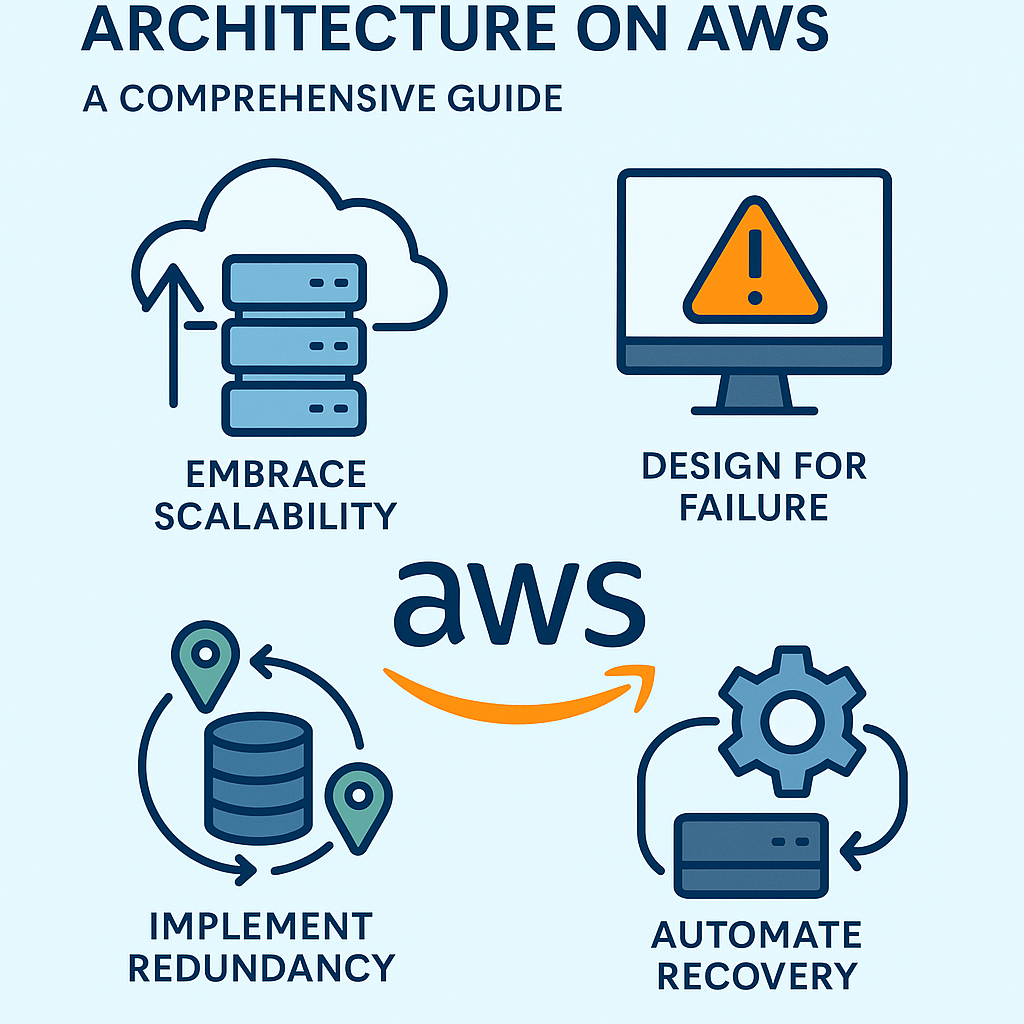From AI breakthroughs to startups scaling globally, the cloud is rewriting the rules of what’s possible.
Introduction
Think about the apps you use every day, Netflix, Zoom, Spotify, or ChatGPT.
They all have one thing in common: they run on the cloud.
Cloud computing isn’t just an IT trend anymore, it’s the foundation of the digital economy. It allows a small startup to compete with tech giants, lets developers launch products overnight, and helps entire industries reinvent themselves faster than ever before.
The New Normal: Building Without Boundaries
In the past, launching a new product meant buying servers, installing software, and hiring teams to maintain them. Today, anyone can log into a cloud platform like AWS, Azure, or Google Cloud, spin up servers in minutes, and deploy globally with a few clicks.
This shift didn’t just reduce costs, it changed how innovation happens.
Developers experiment faster, companies release updates weekly instead of yearly, and global collaboration happens in real-time.
In short, the cloud removed the boundaries that slowed innovation.
Cloud Computing in Action
Here’s how different industries are using the cloud as their innovation engine:
- Startups: Scale products on-demand and only pay for what they use.
- Healthcare: Store massive patient datasets securely for AI-driven diagnosis.
- E-commerce: Handle millions of transactions during flash sales with zero downtime.
- AI Companies: Train and deploy machine learning models using GPU-powered cloud servers.
- Education: Deliver global online courses to millions of students simultaneously.
Cloud computing gives organizations speed, scalability, and stability, the holy trinity of modern business growth.
The Silent Power Behind AI and Data
Artificial intelligence wouldn’t have taken off without the cloud.
Why? Because AI relies on massive computing power and huge datasets, both of which are too expensive for most organizations to manage on their own.
With cloud-based AI platforms (like Google Vertex AI or AWS SageMaker), developers can train models in hours that used to take weeks.
It’s not just about storing data, it’s about making data work.
The Human Side of the Cloud
Beyond the tech, cloud computing has transformed how we work and live.
Remote teams build products together from different continents.
Businesses use cloud collaboration tools like Slack, Notion, and Miro to stay connected.
The pandemic proved one thing: companies that embraced the cloud thrived, those that didn’t struggled to adapt.
What’s Next for Cloud Computing
We’re now entering a new phase of cloud evolution, one that’s smarter, greener, and more decentralized.
- Edge Computing: Processing data closer to users for faster results.
- Sustainability: Cloud providers investing in renewable-powered data centers.
- Serverless Architectures: Developers focusing purely on functionality while the cloud handles the rest.
- Quantum Cloud Services: The next frontier, using quantum computing power via the cloud.
The future is not just in the cloud; the future is the cloud.
Conclusion
Cloud computing has quietly become the backbone of innovation, powering every industry, every breakthrough, and every big idea.



